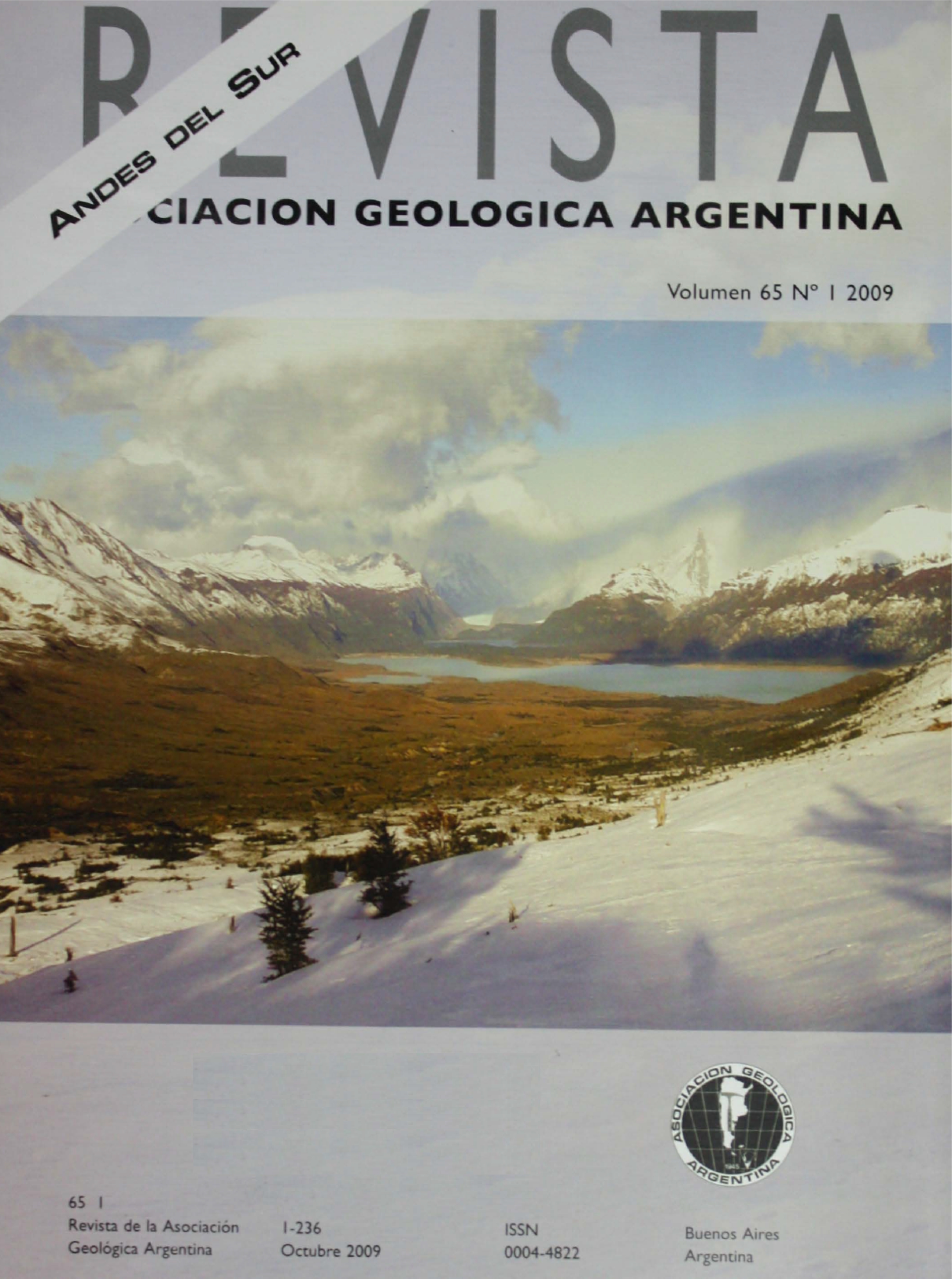The neotectonics of the volcanic arc at the latitude of Copahue volcano (38ºS), Andes of Neuquén
Main Article Content
Abstract
The Chancho-Co hill is the main positive feature inthe caldera del Agrio domain with the only exception of the Copahue volcano.Its development is linked to a series of NE-trending thrusts with a generalvergence to the SE, which affects Late Pliocene successions gathered in LasMellizas Formation. The main topographic break in this fan of reverse faultscoincides with the Copahue Fault. This structure uplifted Late Pliocenesequences over younger unconsolidated fluvial and coluvial deposits. Thedetailed study of these sequences allowed identifying at least two periods ofactivity for the Copahue Fault. This fault, as well as the other neighbor thrusts,cuts the Copahue lavas to the south showing the precise geometry of theChanchó-Co uplift. Finally, the inversion of Paleogene depocenters at depthdetermined from gravimetric studies is proposed to explain the deeper geometryof the neotectonic structures in the area.
Article Details

This work is licensed under a Creative Commons Attribution-NonCommercial 4.0 International License.
Nota de copyright
Los autores conservan los derechos de autor y garantizan a la revista el derecho de ser la primera publicación del trabajo licenciado según una licencia de atribución Creative Commons que permite a otros compartir el trabajo con el reconocimiento de la autoría y de la publicación en la que se publicó por primera vez.
Declaración de privacidad
Los nombres y direcciones de correo electrónico introducidos en esta revista se usarán exclusivamente para los fines declarados por esta revista y no estarán disponibles para ningún otro propósito u otra persona.

